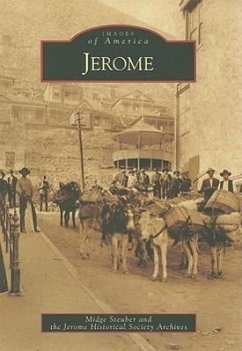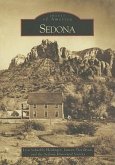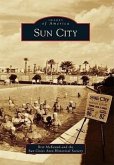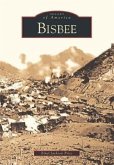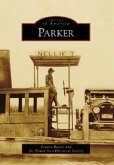The rugged mining community of Jerome has thrived by the hard work and hard play of tough men and women pitted against an equally hard mountain. William Murray solicited funding for the Black Hills mining camp from his uncle, a New York lawyer and financier named Eugene Murray Jerome, who reportedly was not interested. However, his independent wife was delighted at the prospect and raised $200,000 in development capital for Murray. In 1882, Frederick F. Thomas, Jerome's first postmaster, named the mining camp "Jerome" in honor of the family. Jerome boomed, ultimately reaching a reported population peak of 15,000 in the 1920s, then dwindling to a ghost town after the mines closed. In 1967, the town was designated a National Historic Landmark, and today it is a flourishing artist community, as well as a motorcycle and travel destination.
Hinweis: Dieser Artikel kann nur an eine deutsche Lieferadresse ausgeliefert werden.
Hinweis: Dieser Artikel kann nur an eine deutsche Lieferadresse ausgeliefert werden.

